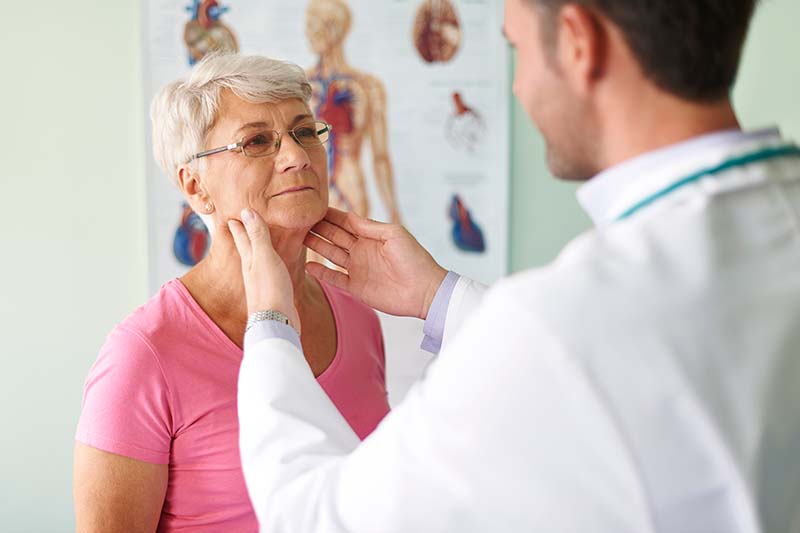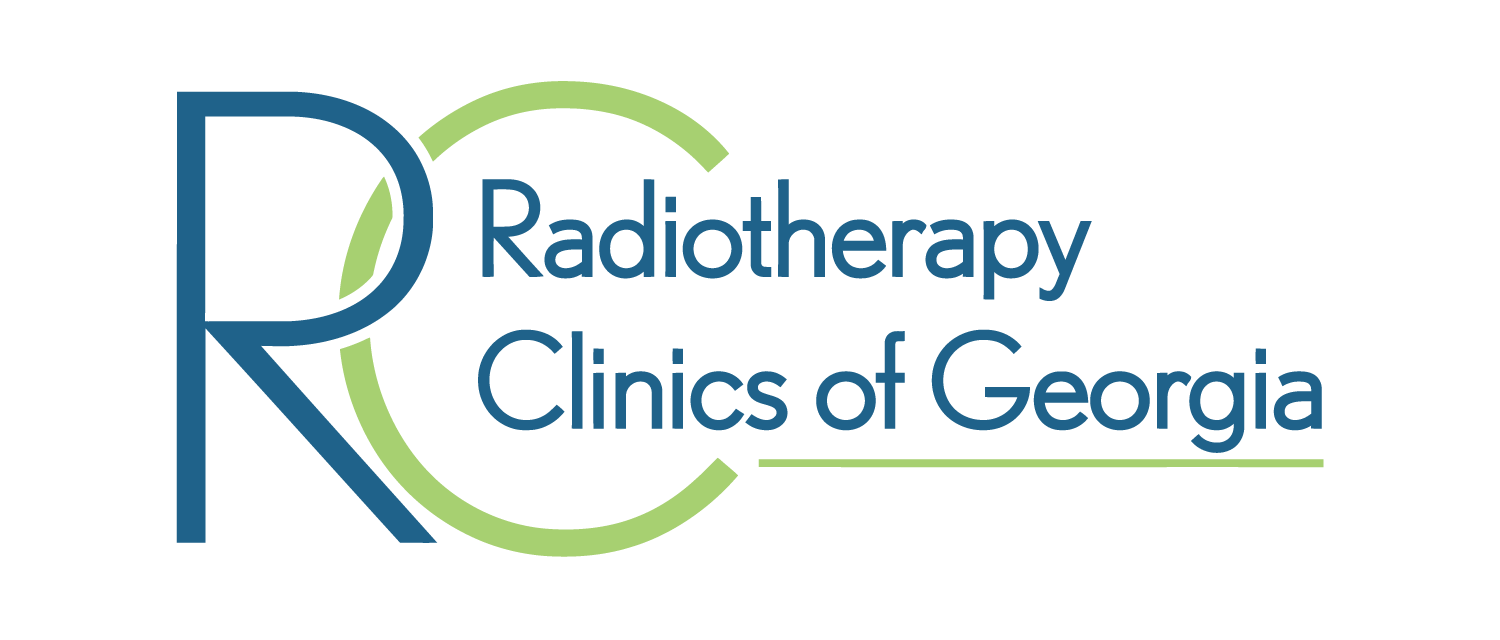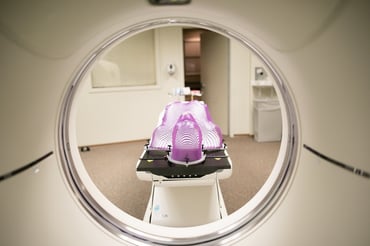
Head and neck cancers are a growing concern for many Americans as they age. These types of cancer are typically found in the head and neck, but are typically found in squamous tissues that are found in the mouth and airway structures in the head and neck. Although not as common, head and neck cancers can also be found in the salivary glands, the muscles, or the sinuses. However, simply because cancer is found in the head and neck, it does not mean that they are always classified as head and neck cancers. Cancer that is located in the brain is the notable exception.
Your head and neck cancer diagnosis is made after a physician examines you by feeling any lumps or looking into the throat. Dentists frequently discover cancer during routine dental exams. Be sure to talk to your dentist about any changes that you may have noticed since your last appointment.
Once cancer is suspected, you may be scheduled for an endoscopy. An endoscopy is typically done by inserting a scope through the nose and down the throat to look for anything abnormal. A biopsy, or sample, may be taken and sent to a laboratory for further testing.
Common Types of Head and Neck Cancer and What to Look For
There are five primary types of head and neck cancer. They are focused on the specific part of the body they reside in, such as the throat or nasal areas.
1 - Oral Cavity Cancer
This is the most common type of head and neck cancer. It can affect the mouth, lips, tongue, and cheeks. Some of the first signs of cancer in this area are white or red patches in the mouth, bleeding or swelling in the mouth and gums. Sometimes swelling can first be noticed when patients have dental work that no longer fits well.
2 - Cancer of the Larynx or Pharynx
The pharynx is the portion of the throat that extends from the back of the nasal passage to the top of your esophagus. The larynx is part of the throat that houses your vocal cords and voice box. This structure is critical for throat function. This includes speaking, swallowing, and breathing. Early signs of cancer in these structures are most often difficulty with swallowing, feeling like there’s a lump in your throat, or pain that is in one or both ears. Additionally, voice changes can be a sign of an issue in the larynx.
3 - Nasal Cavity and Sinus Cancer
The nasal cavity is more than just the inside of your nose. There is a lot of space located in and behind the nose that helps us with our breathing, specifically through the nose and into the throat. Signs of cancer can include frequent sinus infections, the inability to clear the sinuses, nosebleeds, headaches, swelling around the eyes or in the mouth that may cause dentures to fit poorly, or feeling pain in the upper teeth.
4 - Salivary Gland Cancer
Saliva is produced in our mouths to help aid in our digestion and break down food. It has specific enzymes to do this successfully. The salivary glands that produce the fluid can become cancerous, although it’s not very common. Signs of cancer in the salivary gland are frequently noticed due to pain or swelling around the area. Some patients may also notice that they have numbness or tingling in their face, chin, neck, or jaw.
Causes of Head and Neck Cancer
Two main things contribute to most head and neck cancers – alcohol and tobacco. It is important to see your doctor and your dentist regularly. While you're there have an open discussion about your use of these products so you can be appropriately evaluated. Sometimes additional screening is a good idea to catch cancer early in patients that may have a higher risk.
Other activities can put you at risk of developing head and neck cancers, such as
- UV light exposure (like tanning beds)
- Chemical exposures (like construction or mining industries)
- Previous radiation treatments for cancer
- Having the human papillomavirus (HPV)
Can You Lower Your Risk of Developing a Head or Neck Cancer?
Some factors aren’t in your control. Men are twice as likely to get head and neck cancer than women and are often diagnosed over fifty years old.
There are some risk factors, however, that you can address in your daily habits and your overall medical care. These are some things known to reduce the risk of developing a head or neck cancer and other types of cancer. These include:
- Not using tobacco products of any type (including smokeless tobacco)
- Eliminate alcohol or limit it to a few drinks a week
- Don’t drink and use tobacco together. The risk of developing head and neck cancers has a marked increase in patients who drink AND use tobacco.
- Use SPF and sun protectants on your face and lips
- Avoid indoor tanning to protect all of your skin, including the lips
- Wear appropriate safety gear at work to avoid inhaling chemicals, dust or being overexposed to the sun
- Use protection during oral sex to avoid HPV infections in the mouth and throat
- Schedule and go to your regular dental checkups
- Consider the HPV vaccine to avoid future infections.
If you have a family history of head and neck cancer, or have several risk factors, make sure you’re paying extra attention for signs of head and neck cancers. There are some rare genetic syndromes being studied that may be related to developing these types of cancer.
Can You be Screened for Head & Neck Cancers?
There are some screening tools used to find head and neck cancers at an early stage when it’s easier to treat.
- Routine dental checks - Cancers of the head and neck are often first identified by a dentist during your regular dental examination. Be sure to visit your dentist every six months.
- Annual Physical Exam - If you consume alcohol or use tobacco products, be sure to talk with your doctor. During your annual physical exam, they should also check your head and neck area for signs of cancer.
- Community Screenings - Many communities will often host community cancer screenings. Check with your doctor or local health department to see if there are any offerings in your area.
What Happens if You Get a Head & Neck Cancer Diagnosis?
Quite often an ear, nose and throat specialist will assess a patient, run tests and determine if cancer is present. If found, your ENT will want you to see an oncologist who manages the cancer treatment planning. The oncologist will work with a few people, including a surgeon and a radiation oncologist who specializes in giving radiotherapy.
The most common treatment combination is surgery followed by radiation therapy to be sure there aren’t any leftover cancer cells. Some patients may also need chemotherapy or other drugs. This is primarily the case when the cancer has spread from an isolated area in the body.
Radiation Therapy
The main type of radiation therapy used for head and neck cancer is referred to as external beam radiation. There are a number of different applications of external beam radiation that can be used to help treat cancer. RCOG typically uses intensity modulated radiation therapy (IMRT) for head and neck cancers.
Radiation therapy utilizes a variety of imaging and computerized control to ensure we identify the cancerous tissues while avoiding healthy tissue and organs.
Learn More About Head and Neck Cancer Treatments
If you’ve received a cancer diagnosis of the head and neck, please consider your options carefully so you can access the most advanced cancer treatments available. Our team, located in the Atlanta area, reviews each patient’s needs to determine which of the advanced technologies would work best for the patient to have the best outcome. Contact our offices in Conyers, Covington, Decatur, and Snellville if you would like to schedule an appointment.





